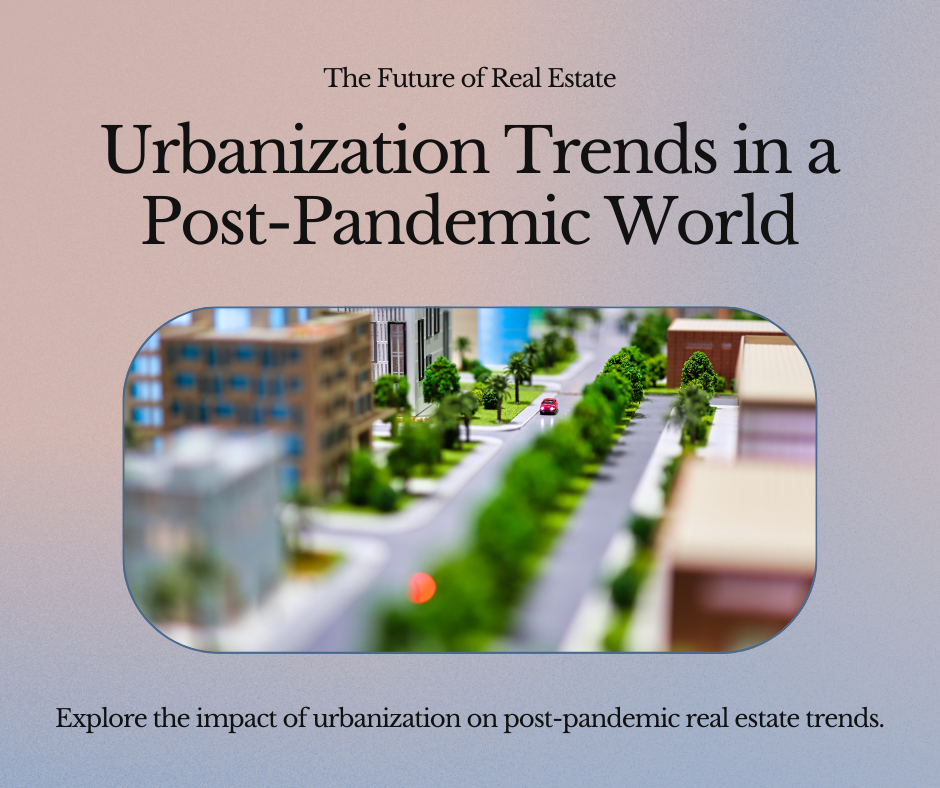The COVID-19 pandemic has altered the real estate market by hastening current urbanization tendencies and leading to a reassessment of preferences for urban living. Many urban inhabitants sought larger living spaces, access to outdoor amenities, and proximity to nature as lockdowns and remote work became the new standard. This resulted in a resurgence of interest in suburban and rural locations. But as immunization campaigns gain traction and business ventures get back up, cities are once more emerging as hubs for real estate growth and investment.
Urban real estate markets have both opportunities and challenges in the post-pandemic era. Cities are changing and innovating to suit the changing requirements of businesses and inhabitants, even as worries about public health and crowding persist.
Cities are rethinking urban landscapes to prioritize resilience, safety, and wellbeing. This includes everything from renovating outdoor infrastructure for leisure activities to redesigning office spaces for hybrid work practices.
Furthermore, the epidemic has expedited the integration of digital technology in the real estate industry, including everything from contactless amenities and smart building management systems to virtual property tours and remote transactions. The marketing, selling, and management of properties by real estate professionals are changing as a result of these technology improvements, which increase transaction efficiency and accessibility for a worldwide clientele.
In order to build resilient and livable cities, authorities, developers, and investors will continue to place a high premium on sustainable urbanization.
The future of urban real estate will be greatly influenced by tactics like equitable housing laws, green building techniques, and transit-oriented development. Cities may prosper in the face of continuing urbanization trends and emerge stronger and more resilient in the post-pandemic period by embracing innovation, teamwork, and adaptive design.

